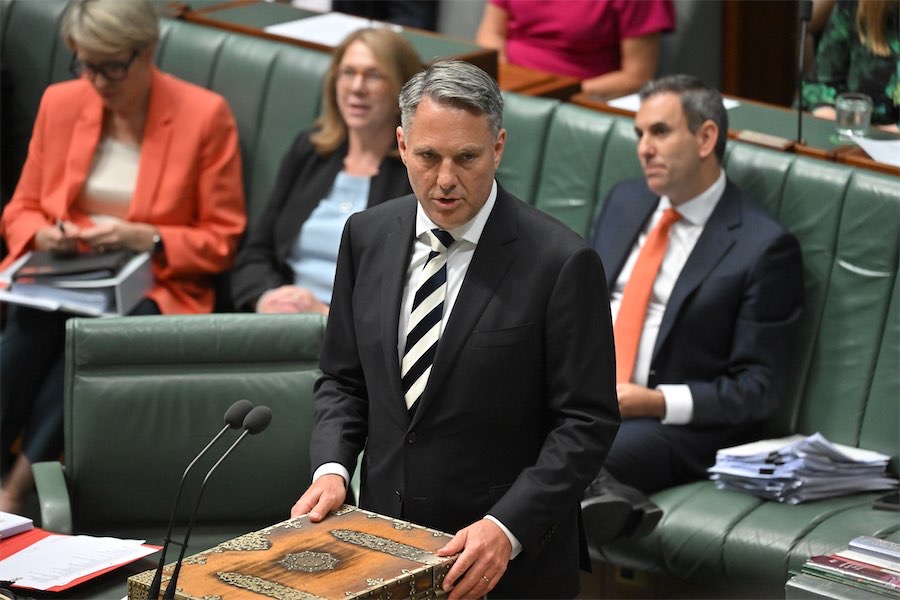WHILE not every older Canberran wants to live in a retirement living village, they do offer a housing choice.
Around one in 10 Canberrans are currently aged 65 years or older – and this figure is expected to double by 2025.

At the current rate of development, there simply won’t be enough retirement communities to meet demand. This will prevent people from “downsizing”, will place pressure on the ACT Budget and ultimately mean higher aged-care costs.
A new report, “The 5 A’s of Retirement Living – towards proactive planning policy”, finds retirement villages generate $2.16 billion of savings each year by delaying entry of residents to aged-care facilities, ensuring fewer and shorter hospital stays, fewer GP visits and savings through improved social wellbeing.
The report, commissioned by the Property Council of Australia, finds villages also take a load off local infrastructure. Small household sizes require less provision of sewerage and water; fewer cars reduce traffic and carpark demands; and the onsite amenities at retirement villages often reduce the demand for ratepayer-funded libraries, community centres and sports facilities.
Sadly, the report scores the ACT “low” on five indicators of retirement living policy effectiveness: awareness, accessibility, affordability, adaptability and attitude.
Land-use policy is the single most important lever that governments have to support the development of more retirement villages.
Thoughtfully-located, retirement-living developments in existing suburbs can offer older Canberrans the opportunity to “age in place” in their own community, while vacating larger homes to enable demand to better match supply.
The ACT Government must adjust its land-release program to accommodate retirement villages – many of which might suit locations already earmarked for “future development”. This may also mean providing incentives for the development of residential land for the purpose of retirement living.
All state and territory governments face the question of the need for future planning for an ageing population. The answer? More choice so that every individual can make the best decisions to stay active, happy and independent for as long as possible.
Catherine Carter is ACT executive director of the Property Council of Australia
Who can be trusted?
In a world of spin and confusion, there’s never been a more important time to support independent journalism in Canberra.
If you trust our work online and want to enforce the power of independent voices, I invite you to make a small contribution.
Every dollar of support is invested back into our journalism to help keep citynews.com.au strong and free.
Thank you,
Ian Meikle, editor




Leave a Reply